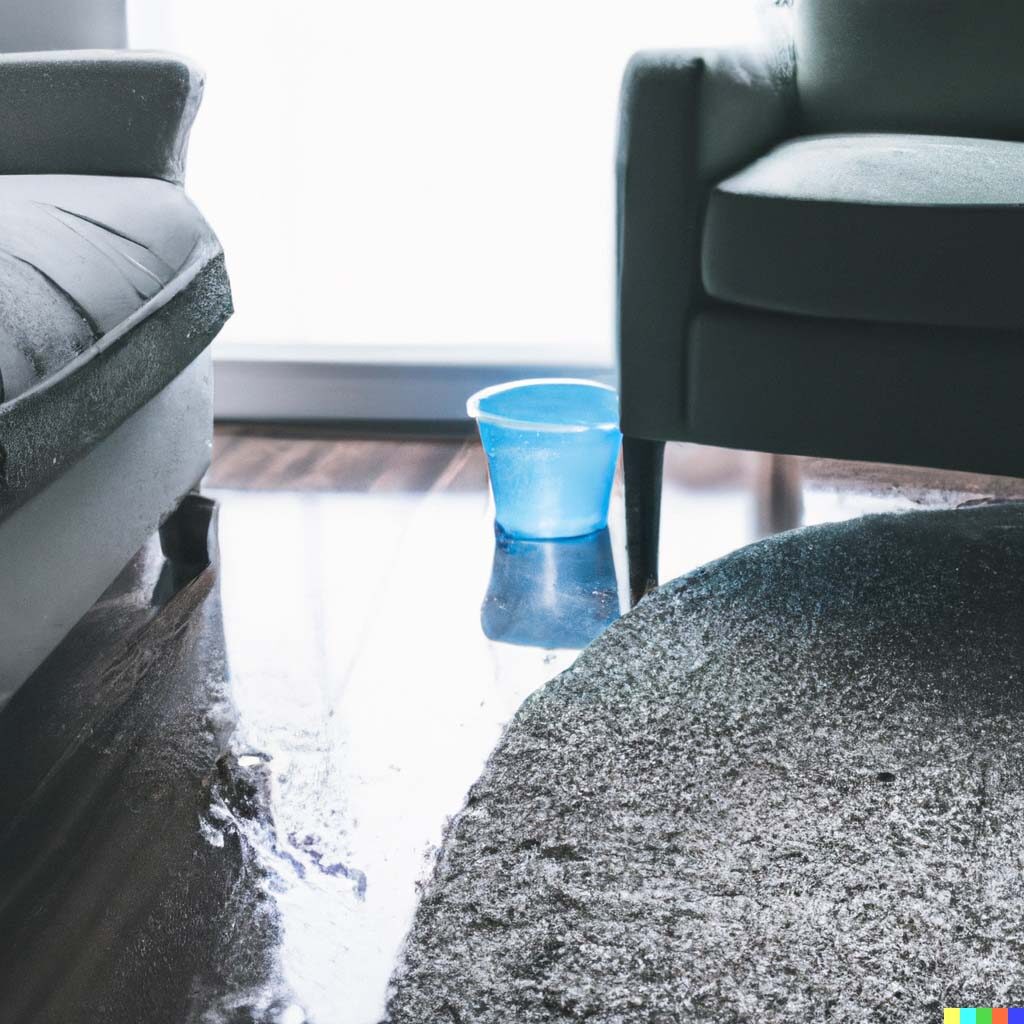
Restoration vs. Remediation
Although they are sometimes used interchangeably, restoration and remediation are two distinct processes when it comes to fixing up damaged buildings. Remediation involves eliminating the cause of harm and stopping it from happening again, whereas restoration involves putting the property back in the condition it was in before the damage occurred.
Restoration
When a building is damaged by elements like fire, water, mildew, or other catastrophes, restoration is the process of fixing and reconstructing it. The restoration procedure entails fixing any structural damage, cleaning up the mess, and returning the property to its original state. Restoring a building or other structure to its condition before a loss can be time-consuming, but it is necessary.
The owner of the property consults with the restoration business to determine the extent of the damage and to create a restoration strategy. After assessing the damage, the restoration company will begin working to fix the structure, replace any broken parts, and clear the area of any debris. The purpose of the repair work is to restore the building to its pre-disaster state.
Remediation
Damage can be remedied by eradicating its cause and stopping any additional damage from occurring. When mold, water, or other harmful substances cause damage to a building, remediation is often required. Locating the cause of the damage, eliminating the danger, and protecting the area from additional degradation are all steps in the remediation process.
During remediation, the property owner and the remediation business collaborate to determine the extent of the damage and create a strategy to fix it. After identifying potentially damaging substances like mold or asbestos, the cleanup firm will strive to remove them and stop any future damage. The purpose of remediation is to eliminate the root cause of the problem and stop it from recurring in the future.
Distinctions Between Fixing and Fixing Up
Focus is the primary distinction between restoration and remediation. The goal of restoration is to return a damaged property to its pre-loss condition, while the objective of remediation is to eliminate the cause of the damage and stop it from happening again.
Restoration and remediation may be synonymous in some circumstances. If a building has been flooded, for instance, the restoration procedure may include getting rid of any mold or other potentially dangerous substances that have grown there. When restoring a property that has been damaged by fire, it may be necessary to remove any potentially dangerous substances that have been released during the blaze.
Conclusion
In conclusion, restoration and remediation are distinct but complementary processes. The goal of restoration is to return a damaged property to its pre-loss condition, while the objective of remediation is to eliminate the cause of the damage and stop it from happening again. If your property has been damaged, it is crucial that you hire a restoration or remediation firm to return it to its pre-loss condition and remove any hazardous chemicals that could cause future harm.
